In industrial manufacturing, the surface performance of a part often dictates its lifespan and overall value. However, traditional coating technologies struggle to handle extreme challenges like high temperatures, wear, and corrosion. This often leads to frequent equipment failure and high maintenance costs. This is precisely why thermal spraying emerged as a revolutionary solution. It uses high energy to "deposit" materials onto a component's surface, giving it entirely new properties like wear and corrosion resistance. This fundamentally elevates the product's performance and value.
What is Thermal Spraying?
Thermal spraying is a leading surface engineering technology. It uses a high-energy heat source and kinetic force to heat powdered or wire-form coating materials to a molten or semi-molten state. A high-velocity gas stream then propels these materials onto a component's surface, forming a dense, high-performance coating. This isn't a simple physical overlay; it’s a tight bond with the substrate that gives the component significant new properties, like resistance to wear, corrosion, and heat, dramatically boosting its overall performance.
Thermal spraying is also known as "metalizing" or "thermal metallizing" and is highly flexible, working with a wide range of coatings and substrates. It can reliably deposit various materials like alloys, ceramics, and carbides onto steel, aluminum, or even plastic surfaces. The result is the ability to restore and reinforce a component's surface without having to replace the entire part—a huge advantage over traditional repair methods, offering lower maintenance costs and less downtime.
Key Classifications of Thermal Spraying
The thermal spraying family includes several different processes, each with unique characteristics and applications:
Flame Spraying : This is the most traditional and simplest thermal spraying process. It uses a mix of fuel gas and oxygen to create a flame that melts the coating powder or wire. A compressed gas then propels the molten droplets onto the component's surface. This method is low-cost and commonly used for general wear and corrosion protection.
Arc Spraying : This process uses an electric arc between two conductive metal wires to rapidly melt them. Compressed air then blows the molten metal particles onto the surface. Arc spraying produces durable, wear- and corrosion-resistant coatings and works with a wide range of materials. It's often used for applications that require a thicker, more resilient coating.
Plasma Spraying : This technique uses an electric arc to generate an extremely high-temperature plasma jet. Coating powders are injected into the jet, instantly melting and accelerating towards the substrate at very high speeds. After impact, the molten droplets quickly cool to form a dense coating. The base component stays at a lower temperature, preventing deformation. Plasma spraying can be used with a wide array of materials (including metals and ceramics) and is the top choice for aerospace thermal barrier coatings and high-performance wear-resistant coatings.
High-Velocity Oxygen Fuel (HVOF) Spraying : HVOF uses high-speed combustion of a fuel gas and oxygen to create a supersonic jet. This jet heats and propels the coating powder at an extremely high velocity. Because the particles hit the surface at such a high speed, the resulting coating is very dense, hard, and strongly bonded. HVOF is ideal for creating coatings with outstanding resistance to wear and corrosion. The industry relies on HVOF coatings to protect critical components like valves, turbine blades, and pumps in aerospace, oil and gas, and power generation.
The Fundamental Difference from Traditional Spraying
Despite the similar-sounding name, thermal spraying is fundamentally different from the traditional spray painting we see in everyday life. Traditional painting uses liquid paints or synthetic resins, relying on solvent evaporation or UV curing to form a thin protective film. The coating primarily uses physical adhesion to provide a basic level of protection and aesthetics.
In contrast, thermal spraying directly projects molten or semi-molten metal or ceramic materials onto a surface. The coating particles form a mechanical bond with the substrate, or even a metallurgical one. This means a thermal spray coating has a much stronger bond and is far more functional. It creates a new "metal/ceramic layer," not just a thin layer of paint, giving the component superior resistance to wear, corrosion, and heat.
Beyond the core principles, the two methods differ significantly in terms of lifespan and environmental impact. Traditional paint coatings are inexpensive upfront but typically last only a few years before needing reapplication. Thermal spraying requires a higher initial investment but can maintain its performance for over two decades, making it more cost-effective in the long run.
Traditional painting is also limited by environmental conditions like temperature and humidity and requires time to dry, while thermal spraying is mostly unaffected by weather and can form a coating at ambient temperatures, greatly increasing operational efficiency.
Furthermore, traditional paints contain high levels of volatile organic compounds (VOCs) that pollute the air during curing. The materials used in thermal spraying, on the other hand, are mostly inorganic substances like metals and ceramics and contain almost no VOCs, making the process far more eco-friendly. In essence, thermal spraying is a functional coating engineering process, not just a simple cosmetic painting, elevating a part's surface restoration and reinforcement to a whole new level.
Widespread Applications of Thermal Spraying
Thanks to its unique ability to reinforce surfaces, thermal spraying has become indispensable in numerous key industries. The aerospace sector is a pioneer in its use: gas turbine engine blades, combustion chambers, and landing gear all use thermal spray coatings to resist high temperatures, oxidation, and wear.
For example, HVOF spraying is widely used for high-wear components like aircraft wheel bridges, bearing housings, bolts, and turbine parts. In fact, research indicates that the aerospace thermal spray services market accounts for over a third of the global market and continues to grow.
In the oil, gas, and energy sectors, components like pipeline valves, pump casings, and power plant parts need coatings that can resist corrosion and abrasion. High-performance thermal spraying (especially HVOF and plasma processes) is the solution. The automotive industry is also rapidly adopting thermal spraying for parts like engine cylinder liners, piston rings, and exhaust manifolds. Industry research shows that automakers' demand for advanced coating solutions is significantly increasing as they aim for better fuel efficiency and stricter emission standards.
Thermal spraying is also finding new uses in other fields: ships use it for anti-corrosion coatings on propellers and ballast pipelines, and electronics use metal or ceramic spraying to provide conductive or insulating properties. In the medical field, artificial joints and dental implants often use HA ceramic coatings to improve biocompatibility. Advanced manufacturing also uses thermal spraying to rebuild worn molds and create hard-facing liners, extending the lifespan of tools. In short, wherever a surface needs to withstand harsh environments, abrasion, or even reduce friction, thermal spraying can be used to create new value for products.
Future Outlook: The Trend Towards Smart and Customized Solutions
As manufacturing moves into Industry 4.0, thermal spraying is advancing toward smarter, more customized solutions. The integration of IoT and digital twin technology is making thermal spray equipment more intelligent and data-driven. Sensors collect real-time data, and AI algorithms analyze coating quality, allowing the system to automatically adjust parameters to optimize the coating process.
For example, researchers are already experimenting with using machine learning to analyze acoustic signals during thermal spraying to instantly detect and predict coating abnormalities, improving production yield. Digital twin technology can simulate the spraying process in a virtual environment, predicting coating performance under different conditions to minimize trial-and-error and reduce resource waste before actual production.
In the future, we can also expect to see highly customized formulations and processes. By precisely controlling the composition of each sprayed layer, thermal spraying can create multi-layered, functionally zoned coatings tailored to a client’s specific needs. In short, driven by AI and data, the development of thermal spraying will no longer be based solely on experience. It will be deeply integrated with intelligent systems, continually developing more efficient, eco-friendly, and versatile surface solutions.


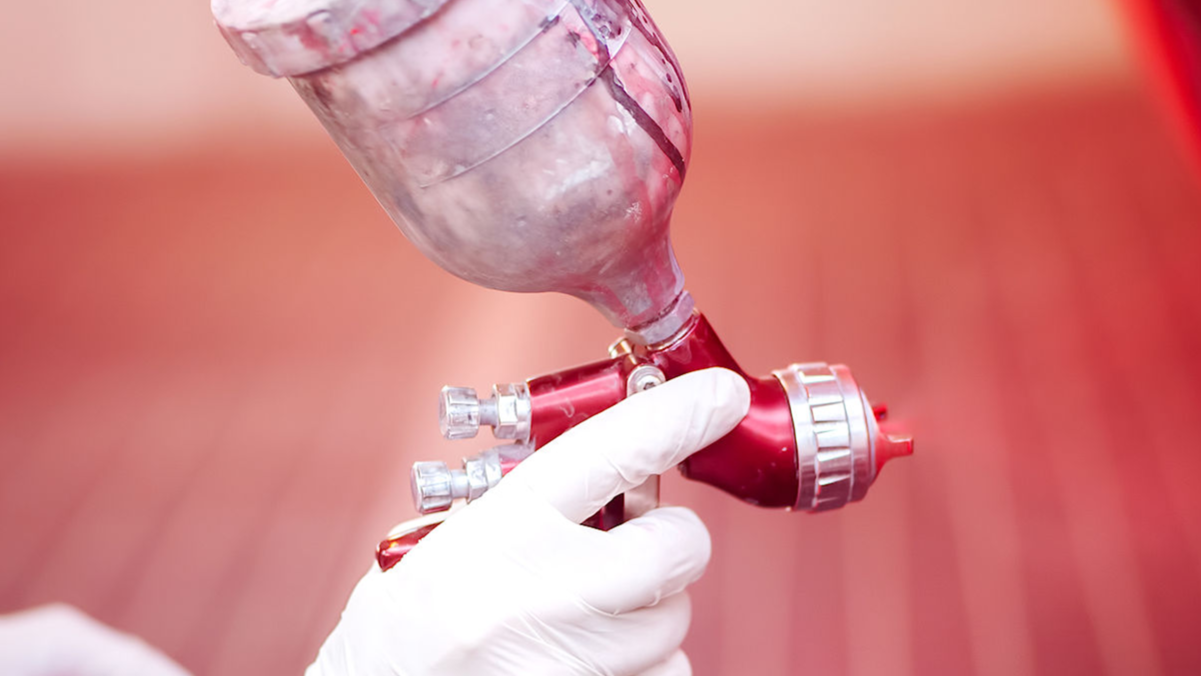
.jpg)
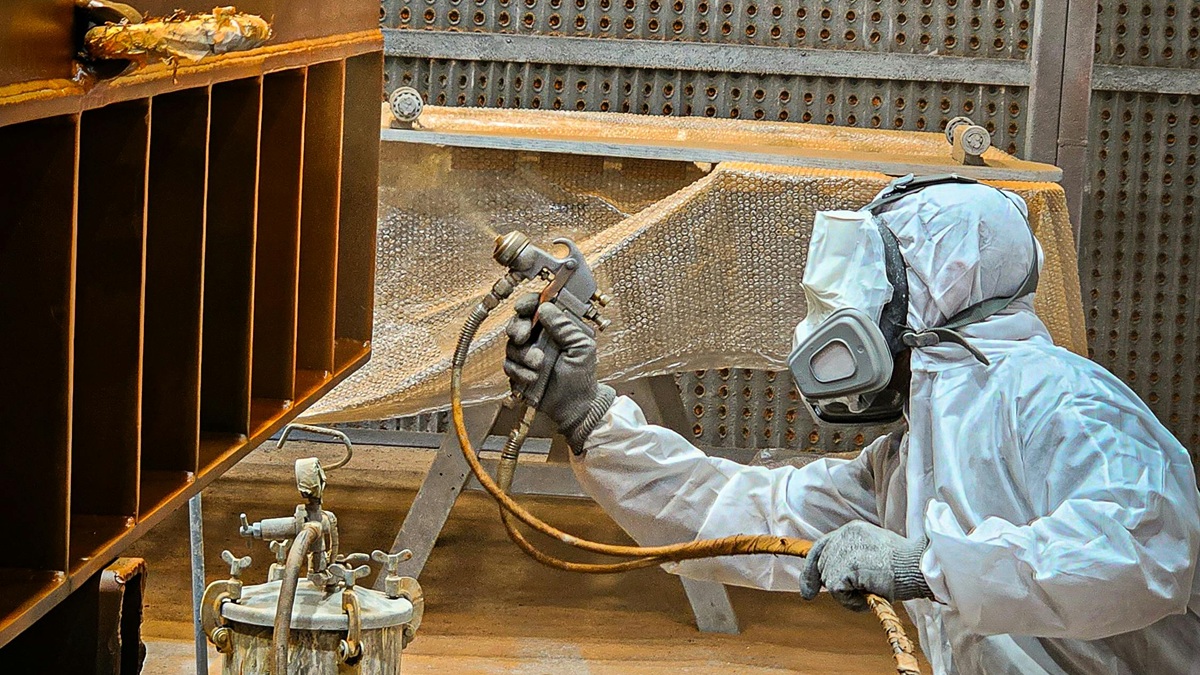

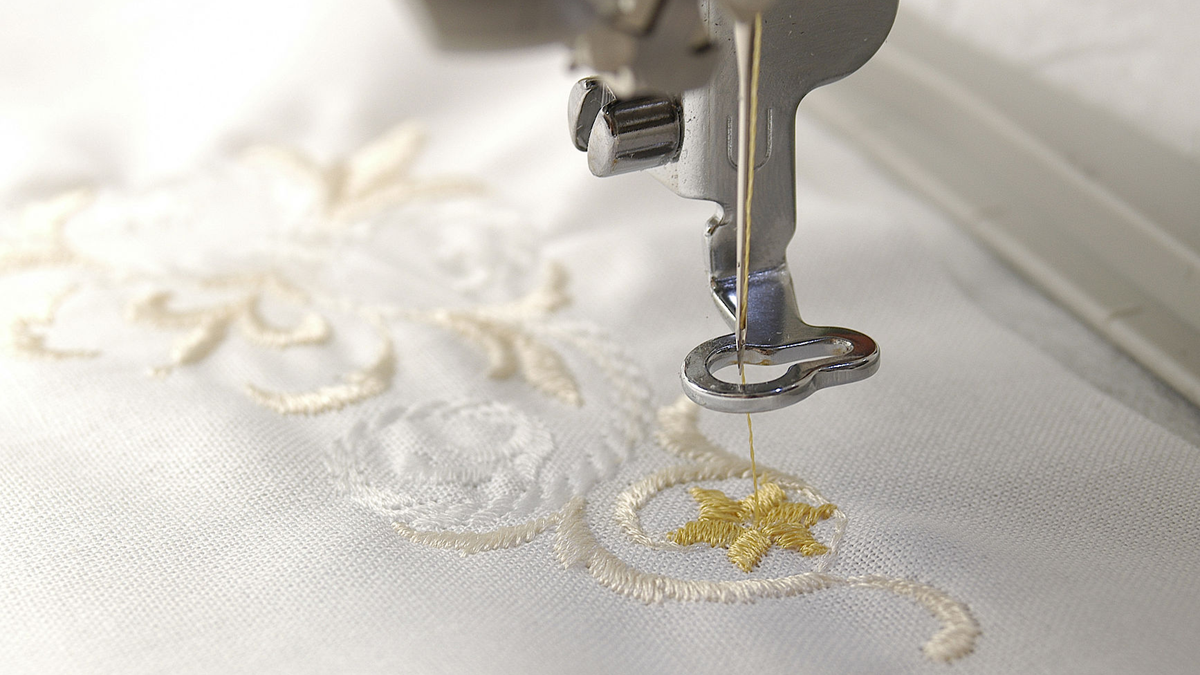

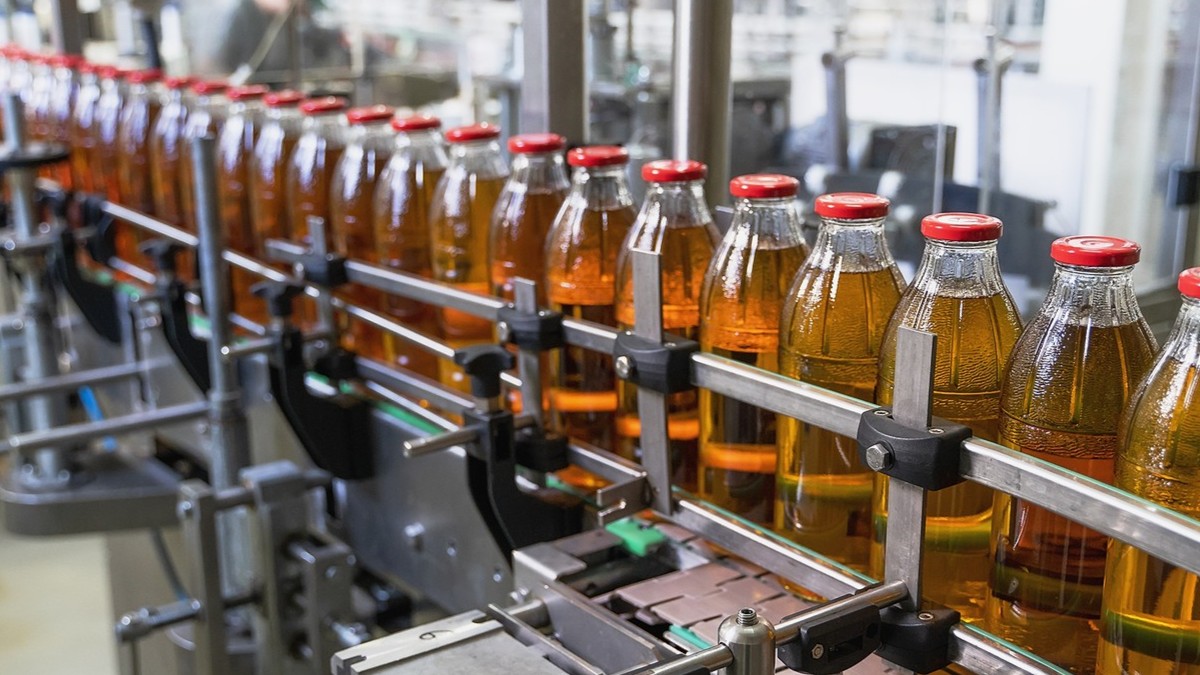

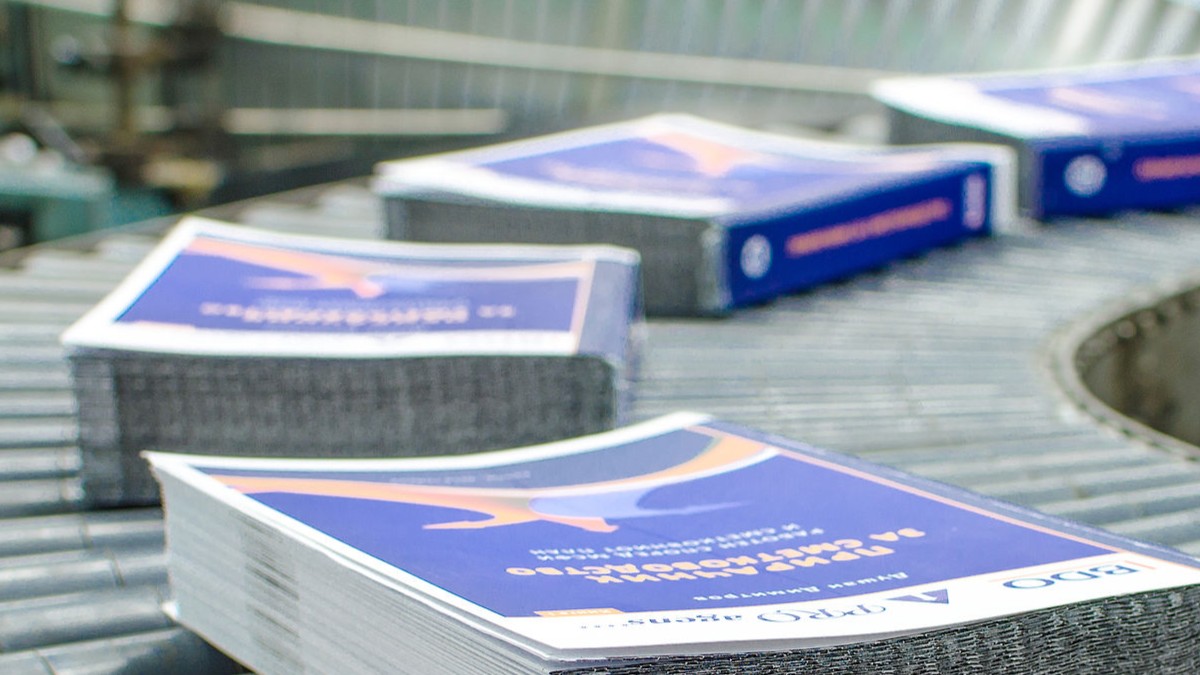



.jpg)